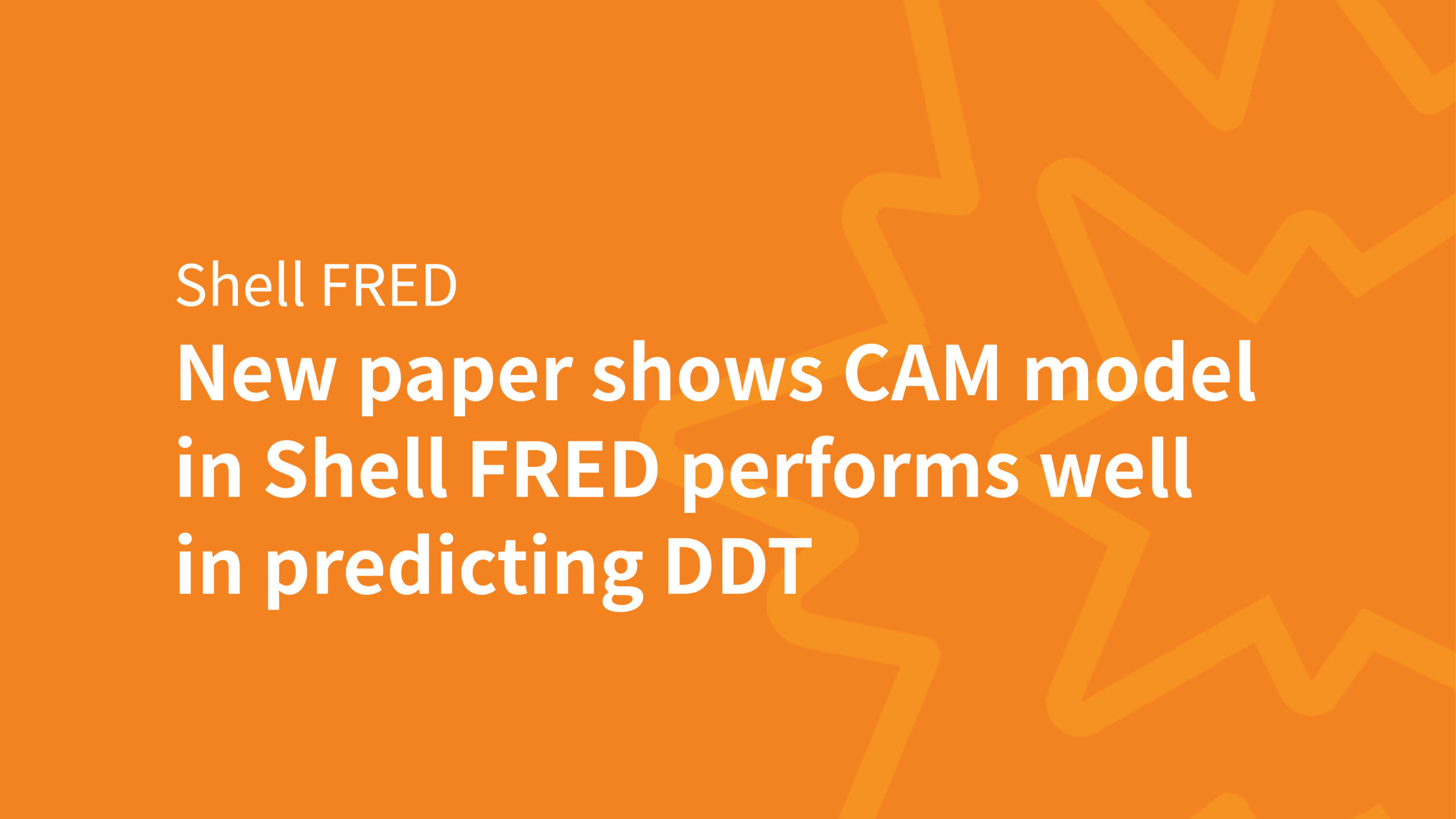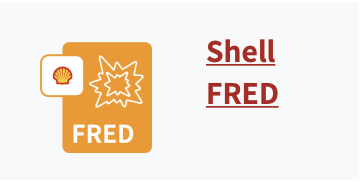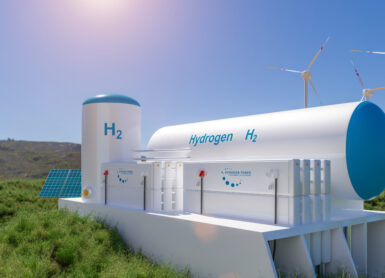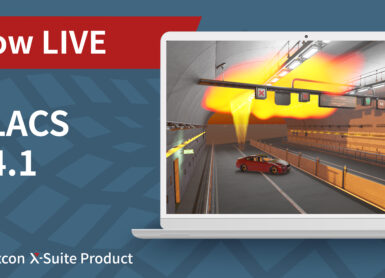


The Shell FRED (Fire, Release, Explosion, and Dispersion) tool is a well-validated software tool for the prediction of the hazardous effects of accidental or intentional releases and is supported by over 40 years of physical testing and validation.
A paper released in the July 2020 edition of the Journal of Loss Prevention in the Process Industries “Comparison of explosion models for detonation onset estimation in large-scale unconfined vapor clouds” compares six different empirical explosion models on their ability to predict DDT (Deflagration to Detonation Transition). In this study, model predictions were compared against large-scale experiments conducted jointly by SRI International and Gexcon.
Out of the models that were compared, the CAM (Congestion Assessment Method) model, which can be found in the Shell FRED software tool, was shown to have the best performance in predicting the onset of DDT in the test conditions.
The abstract is presented below:
“Although industrial detonations in semi-open and congested geometries are often neglected by many practitioners during risk assessment, recent studies have shown that industrial detonations might be more common than previously believed. Therefore, from the explosion safety perspective, it becomes imperative to better assess industrial detonation hazards to improve the robustness of explosion mitigation design, emergency response procedures, and building siting evaluation. Having that in mind, this study aims to review current empirical vapor cloud explosion models, understand their limitations, and assess their capability to indicate detonation onset for elongated vapor clouds. Six models were evaluated in total: TNO Multi-Energy, Baker-Strehlow-Tang (BST), Congestion Assessment Method (CAM), Quest Model for Estimation of Flame Speed (QMEFS), Primary Explosion Site (PES), and Confinement Specific Correlation (CSC). Model estimations were compared with large-scale test data available in the open literature. The CAM model demonstrated good performance in indicating deflagration-to-detonation transition (DDT) for test conditions experiencing detonation onset without any modification in the methodology. Some suggestions are provided to improve simulation results from PES, BST, and QMEFS.”
The full paper can be found here: https://www.sciencedirect.com/science/article/abs/pii/S0950423020301364
DDT is an area of ongoing research for Gexcon and Shell, so you can expect to see further publications on this topic in the coming months.
If you have any queries about Shell FRED or the validation of the supporting models, please contact FRED@Gexcon.com or fill in the enquiry form below.
Learn more about our software here:

Product Enquiry Form
If you need more information or booking arrangement for consultation, please complete the form below and a member of the team will be in touch with you as soon as possible.
Other Uncategorized @au

Gexcon to present, sponsor and exhibit at the 2024 Spring Meeting and 20th Global Congress on Process Safety.
Gexcon is pleased to announce that we will present, sponsor, and exhibit at the 2024 AIChE Spring Meeting and 20th Global Congress on Process Safety (GCPS). The event will be held on March 24 -28 at New Orleans Ernest N. Morial Convention Center,…
Uncategorized @au
Gexcon collaborate with Global R & D to present webinar | Understanding Hydrogen for Safer, Better Design and Operation.
Gexcon is pleased to announce that we will collaborate with Global R & D to deliver a knowledge-sharing webinar. Our esteemed colleague in Singapore, Richard Lee, will deliver this webinar entitled “Understanding Hydrogen for Safer, Better Design and Operation” which aims to…
Uncategorized @au
FLACS 24.1 is now live
Gexcon’s latest release, FLACS 24.1, marks a key advancement in the realms of geometry handling and fire safety simulation.
FLACS-CFD Uncategorized @au